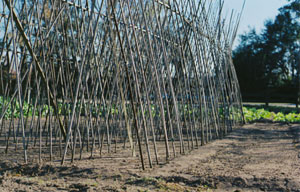Laurie wrote:I still dont
fully understand this Full Frame bs..
the way i understand is that there is less 'cropped' with a Full Frame camera. but how does this make it different to a 'cropped' camera sensor? i mean, cant you frame the shot the same as a FF with a DX by moving the camera backwards? someone explain. then i will make up my mind

ok now....
for arguments sake, lets say we are talking about a 50mm lens, and we are talking in 35mm terms (FF).
on a 35mm body, the lens has a 50mm field of view.
on a DX sensor crop, the lens has a 75mm field of view.
you can get around this by shuffling back and forwards, to a point, but the field of view also has an effect on perspective... so a shot with a 50mm on a 35mm body will not be the same as a 50mm on a DX body, even if you achieve it so the shot is framed the same.
do a google search on field of view and how it affects perspective...
here's the wiki for it:
http://en.wikipedia.org/wiki/Angle_of_view
28mm on FF

50mm on FF

70mm on FF

or perhaps to make the context more relevant:
i believe i remember you noting that you once shot skateboard stuff. if you get a 28mm and 70mm lens, you will tend to find (if you frame your shot to capture the same area), the ramp will look much steeper with the 70mm.
AFAIK... 50mm (on FF) is considered a normal lens... go wider than that, you are emphasising / exaggerating perspective... go longer and you are de-emphasising perspective.
this quote from wikipedia is useful, i think:
"Longer lenses magnify the subject more, apparently compressing distance and (when focused on the foreground) blurring the background because of their shallower depth of field. Wider lenses tend to magnify distance between objects while allowing greater depth of field."
i'll leave it to someone with more technical knowledge (gary?) to fully nut this out for you though.
edit: gave a bit of a more detailed explanation...


